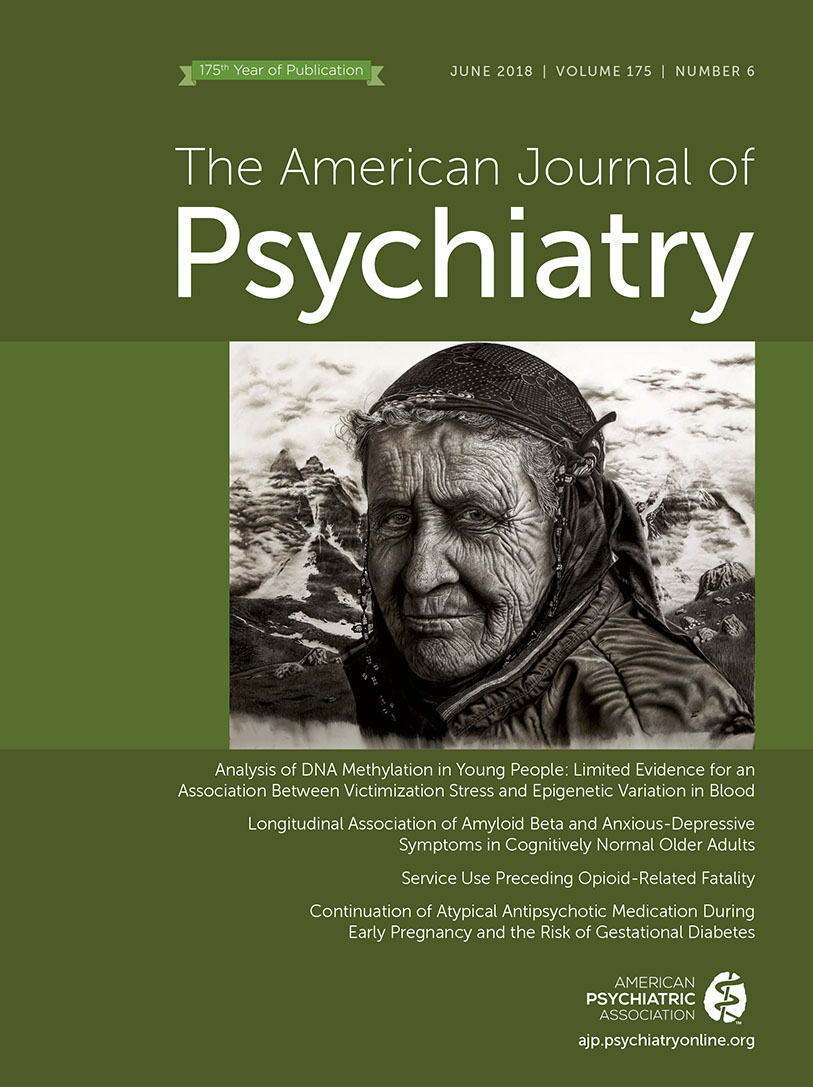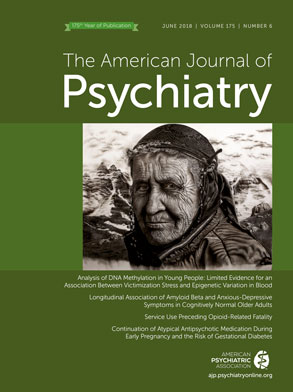What clinical feature has been associated with cycloid psychosis?
A. Frequently occurring sleep disturbances.
“Ms. A,” a 27-year-old Army captain with 5 years of service, was on her third overseas combat deployment in less than 4 years when she developed psychosis characterized by sudden onset of paranoia, sense of failure, delusional guilt, withdrawal from those around her, difficulty articulating, and an initial inability to sleep. Her commander stated that her previous level of functioning was very high and that she had been a top-performing soldier. The onset of this psychosis was sudden and was not associated with energy disturbance or mood disturbance, and it was independent of any change in stressors (the severe stress of the combat setting was relatively constant). She was initially treated for heat exhaustion, but when the symptoms did not resolve, she was started on olanzapine (5 mg/day) and then switched to risperidone (2 mg/day). She was evacuated to Europe, where she recovered within 1 week on a psychiatric ward and was diagnosed as having brief psychotic disorder. She was subsequently evacuated to a psychiatric ward in the United States, and, 3 weeks later, to her home base for further observation and outpatient care. After a 4-month observation period during which her risperidone dosage was gradually tapered and discontinued, she was returned to duty and able to resume her deployment on no medications. However, within 3 months of returning to the combat zone, the same symptoms recurred. Again, there were minimal mood symptoms and no hallucinations. She was again evacuated to Europe, recovered within a week, and was subsequently evacuated to the United States, where she was hospitalized for observation. She was treated with aripiprazole (30 mg/day), and tapered off within 3 months. She was honorably retired and released from the military and joined the civilian workforce 7 months after her return from overseas.
Ms. A experienced a recurrence 1 year later (9 months after being tapered off her medication) with similar symptoms and rapid response to treatment. Over the next 8 years, she experienced six additional episodes, although she was hospitalized for only one of them. During these episodes, she continued to sleep in her normal pattern, 7–8 hours per night, and she lacked pressured speech, motor changes, or any other indications of a mood disorder. In these post–military service episodes, the memory of her military duty was always there and was associated with a sense of dread. However, it did not feel like a flashback, and it was not delusional in content. During her periods of wellness, Ms. A never experienced her combat service as a traumatic event. She also lacked symptoms in three of the “four A’s” once described as central to the experience of schizophrenia: she did not have looseness of associations, did not have affective changes, and did not exhibit autism (i.e., focus on internal fantasy). She did have profound indecision (ambivalence), which was related to her anxiety. While the episodes were less severe, they tended to last longer and longer over the course of these 8 years. Nearly all episodes occurred in the fall. Episodes frequently occurred independently of stressors, and despite ongoing treatment with antipsychotic medications or lamotrigine (although treatment with the latter was associated with very mild recurrences). Recovery was always complete, and Ms. A was able to complete a doctoral degree, marry, have children, and work full-time in between these episodes.
The working diagnosis had always ranged between unspecified psychosis, brief reactive psychosis, bipolar, schizoaffective disorder, schizophrenia, delusional disorder, atypical psychosis, and posttraumatic stress disorder. However, the rapid onset and offset, the periodicity (recurrence in the fall), and the total recovery to baseline suggested cycloid psychosis, a condition that is listed neither in DSM-5 nor in ICD-10.


